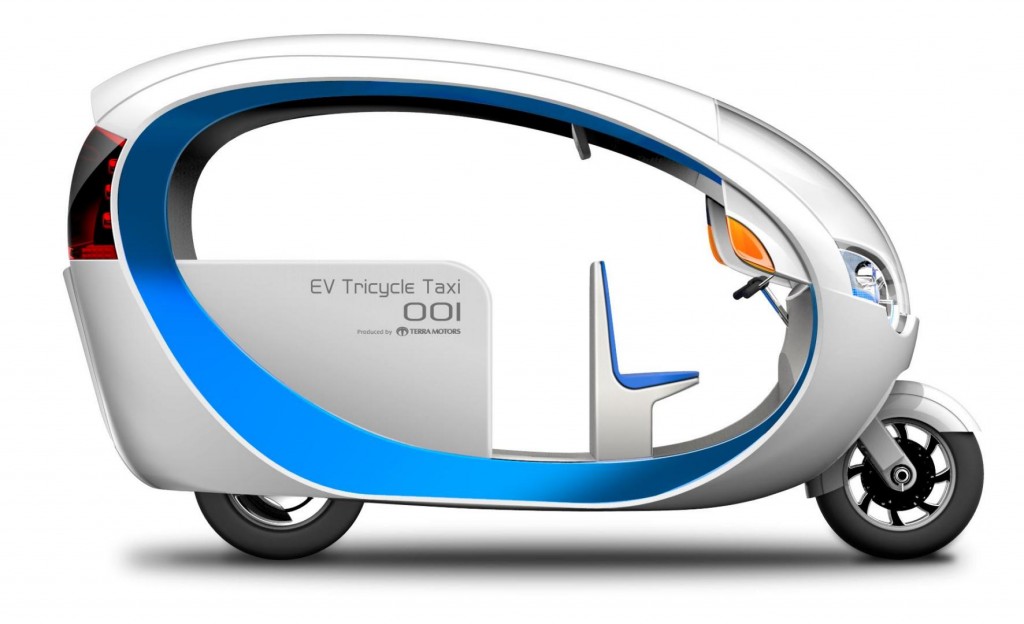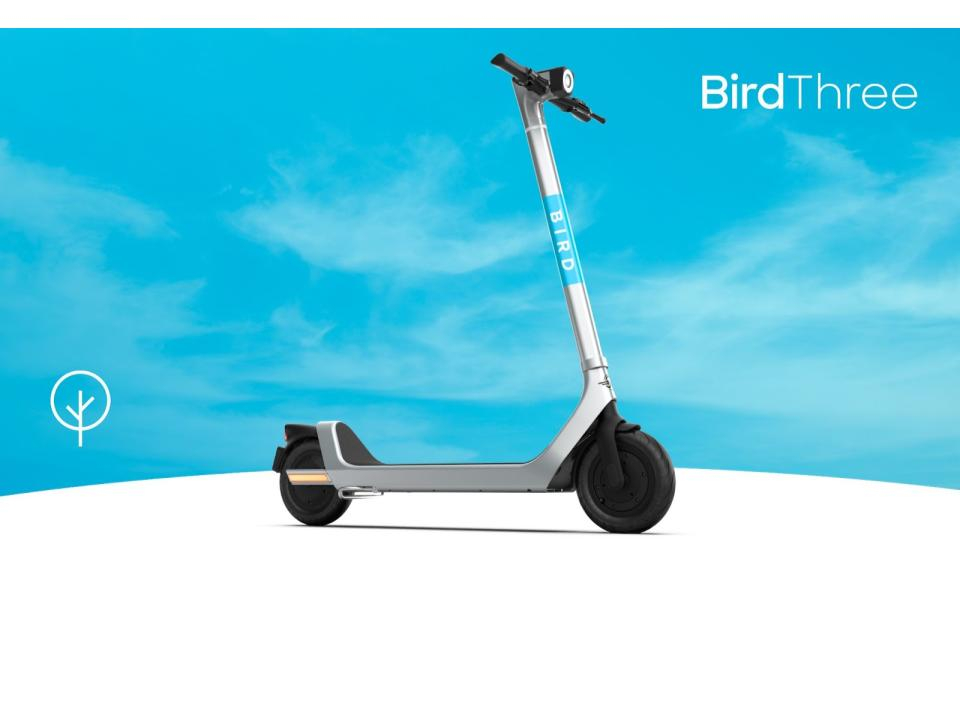The Fourth Annual Global Mobility Study by L.E.K. Consulting, Vision Mobility and CuriosityCX highlight that there is a much greater uptake of ride-hailing and other new mobility options in India and China[1] than in mature western economies. With relatively low levels of car ownership and less developed public transport systems in these Asian countries, new mobility use is now comparable with and set to overtake traditional transport for a segment of the population.
In the USA and other mature economies, uptake of ride-hailing, which was the first form of mass new mobility, has plateaued, while the use of traditional forms of transit has declined or held steady.
In spite of the current low level of electric vehicle sales, volumes are forecast to soar from 2025, with steady growth in autonomous vehicles from 2030.
The findings of the report post significant challenges for carmakers, ride-hailers and governments.
The research was conducted in France, Germany, Spain, the UK, the USA, Canada, China, India and Australia.
Ashish Khanna, Partner at L.E.K. Consulting, said: “The most exciting growth of new mobility is in India and China where ride-hailers and other innovative transport options are set to leapfrog the use of public transport and privately owned cars.
“This presents a huge opportunity for ‘mobility-as-a-service’ providers in these and other developing economies because the shared transport ‘payment-per-trip’ model opens up vehicle access to the millions of people who cannot afford to buy a car or who are underserved by public transport. For car manufacturers, this means they should focus their strategy in these markets on selling to fleet companies rather than individuals.”
“In the mature western markets for new mobility, uptake of ride-hailing, the first mass market new mobility option, has levelled off. Early adopting cities, such as New York and San Francisco, have even seen usage falling in the past year. The disrupters are themselves being disrupted by e-scooters and other new forms of micro-mobility, and regulator intervention is curtailing expansion. However, even in these markets, awareness levels remain relatively low and usage further lags behind, suggesting significant room for growth remains.”
Key findings
70% of respondents in India and 57% in China said they now use new mobility options instead of their own car or public transport, versus 16% of people in the UK, 14% in France and 9% in Germany.
More than half of Indian respondents 55% and four in ten Chinese reported using a ride-hailer in the last three months. In Europe, ride-hailing use in countries surveyed ranges from 25% to 15%.
In the USA, the earliest adopter of new mobility transport, the proportion of people using a ride-hailer has remained relatively static over the last three years at around 25% – and declined to 24% in 2019. E-scooter use increased by the same proportion in the last year, from 3% to 4%.
Across the countries surveyed, 40%-60% of people, especially millennials, said they would not own a car if they did not have to.
Vision Mobility forecasts that electric vehicles will represent just 3% of global new car sales in 2020, but by 2025 the figure will be 15%, reaching 65% by 2040. Autonomous vehicle sales are forecast to grow from 2% in 2015 to 55% by 2040.
The move to electric vehicles: cracking cost, battery range and charging infrastructure
Although hybrid and electric vehicles still represent a small proportion of car fleets, approximately 5% globally, nearly half of respondents are interested in buying one. The key barriers to ownership reported are cost, battery range and lack of charging infrastructure.
Khanna said: “To accelerate the move to electric vehicle adoption, car manufacturers must put greater emphasis on bringing down the cost of vehicles and improving battery mileage, and work more intently with governments and the broader industry to improve charging infrastructure.”
Micro-mobility on the up
Around a third of respondents were aware of e-scooter schemes, and about a quarter have used a scooter recently. Familiarity is the highest in India (63%), followed by China (46%) and France (45%). Users are attracted to scooters’ low cost, simplicity, speed and environmental credentials.
Khanna added: “Governments may be convinced to promote e-scooter usage because of their environmental benefits, but safety and clutter are major issues to overcome. New forms of micro-mobility, such as e-skateboards and high speed e-bikes, are also emerging, adding to the erosion of public transport revenues.
“However, the greater revenue concern for authorities, particularly in developed markets, will come with the arrival of driverless vehicles. Their introduction will reduce the cost of ride-hailers and other forms of new mobility and make them competitive with public transport. Until that point, we expect new mobility in developed markets to primarily be a substitute for traditional taxis, for leisure use and to fill the gaps that public transport does not cover.”
Research methodology
Consumer surveys were conducted in October 2019, with respondents weighted by age and gender according to each country’s census. There were c. 5,800 respondents.
About L.E.K. Consulting
L.E.K. Consulting is a global management consulting firm that uses deep industry expertise and rigorous analysis to help business leaders achieve practical results with real impact. We are uncompromising in our approach to helping clients consistently make better decisions, deliver improved business performance and create greater shareholder returns. The firm advises and supports global companies that are leaders in their industries — including the largest private and public-sector organizations, private equity firms, and emerging entrepreneurial businesses. Founded in 1983, L.E.K. employs more than 1,400 professionals across the Americas, Asia-Pacific and Europe. For more information, go to www.lek.com.
About Vision Mobility
Vision Mobility is a consultancy that specializes in New Mobility consulting to the Automotive Industry and other industries touched by New Mobility, including OEMs, Tier 1s, automotive associations, mobility providers, startups and others. Vision Mobility also provides industry thought leadership at conferences, industry publications, study results and social media.
www.visionmobility.ca/
About CuriosityCX
CuriosityCX is an experiential, communication and insights consultancy. For over 20 years, our team has been deeply involved in observing and understanding human emotions, attitudes, and behaviors to help businesses create a better customer experience through better design and customer experience. Using qualitative and quantitative approaches, we move fast in asking the right questions to deliver the answers that matter.
[1] Respondents from China and India are representative of the addressable population for new mobility rather than the national population as a whole. These tend to be urban dwellers in higher income bands, who have access to the internet.



